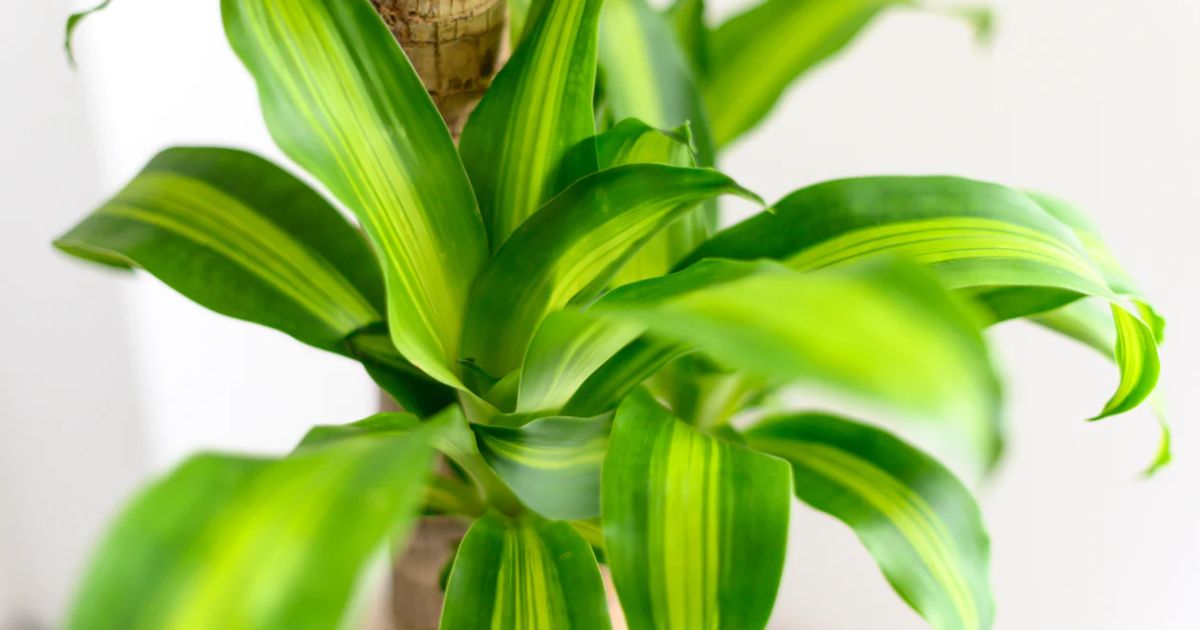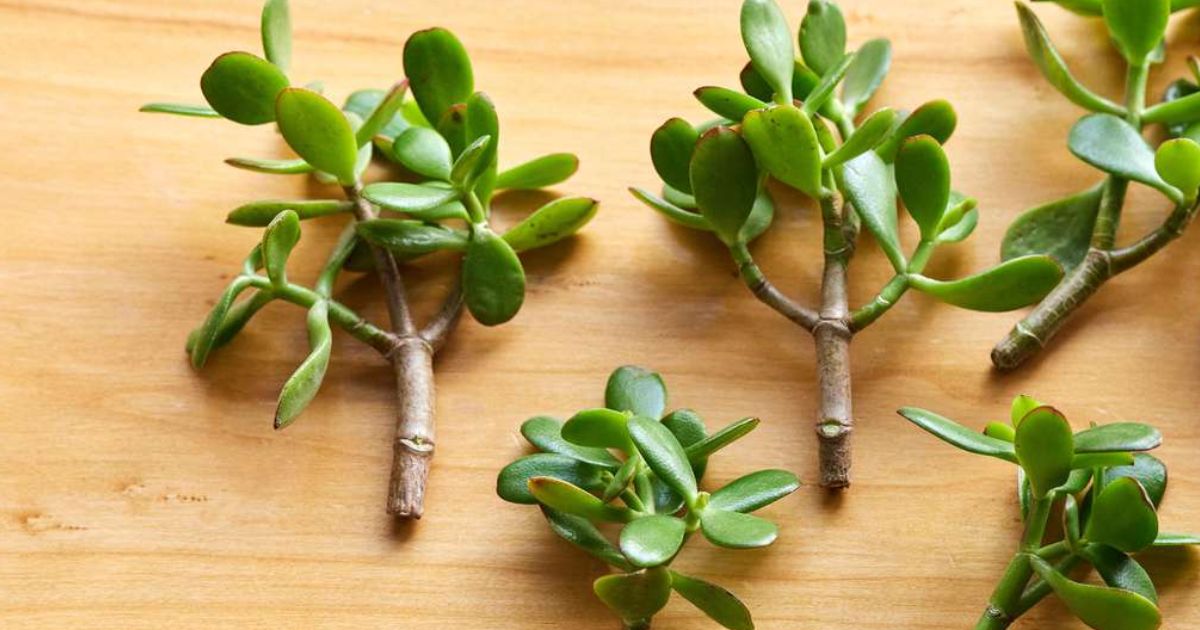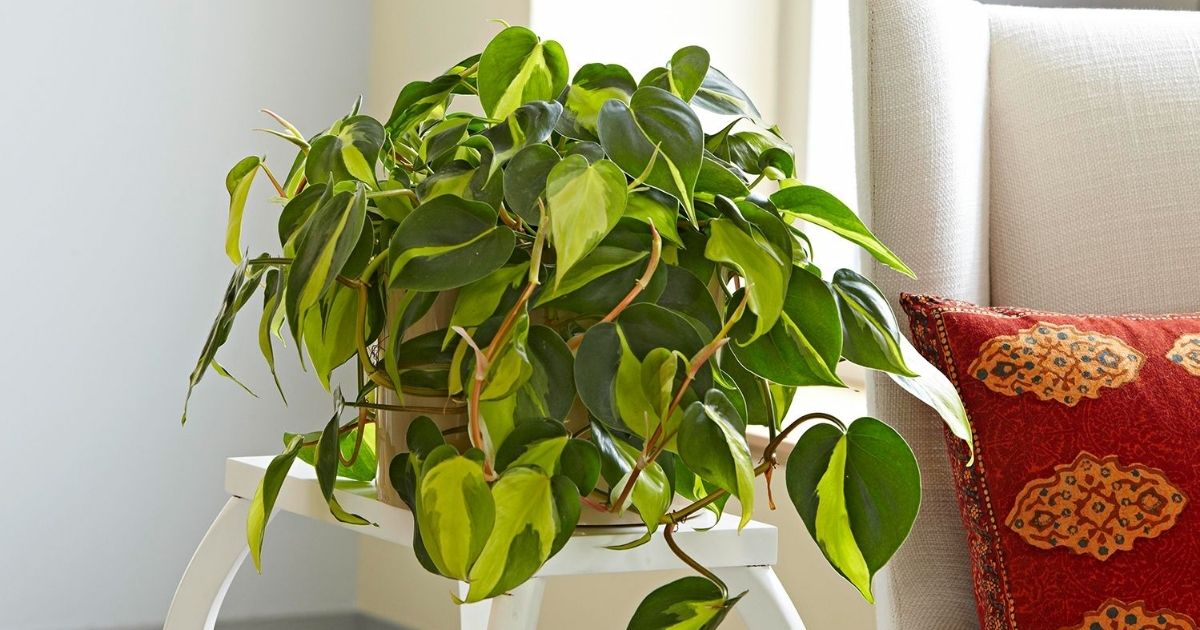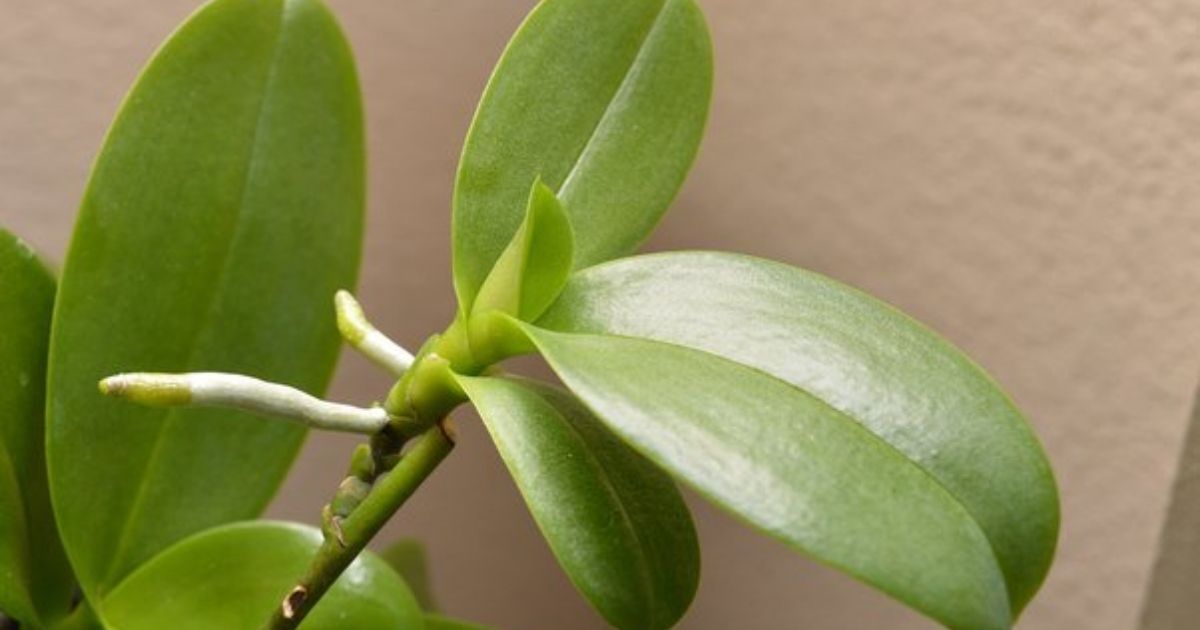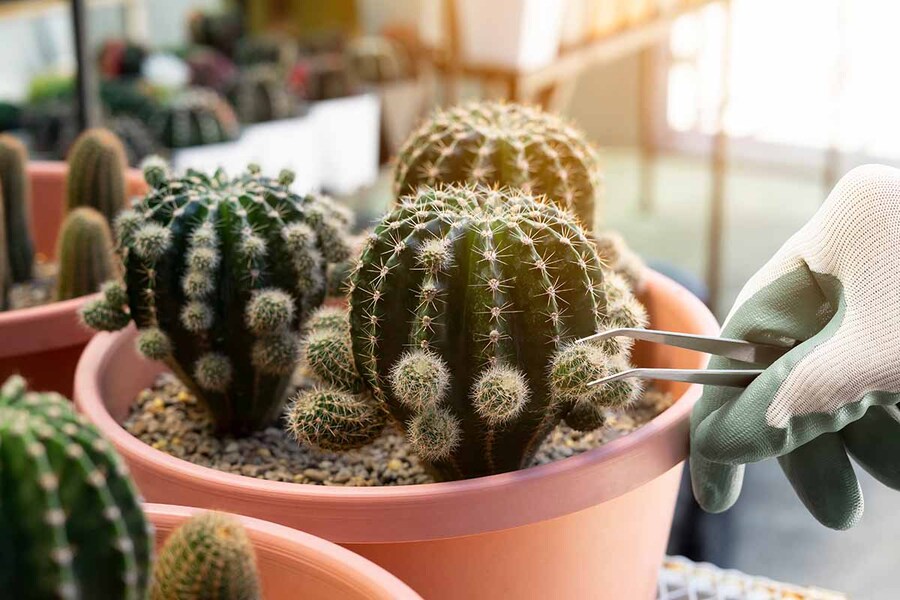How To Propagate Fig Tree: A Comprehensive Guide By Experts
Do you know that fig tree flowers are actually hidden inside the fruit?
This led many early cultures to believe that the plants were flowerless. Interestingly, figs have played prominent roles in every major modern religion, including Christianity and Buddhism.
If you're a fan of figs (fresh, dried, or in preserves) and your tree is getting old, you might want to know how to propagate fig tree rather than buying a replacement. Read this article and find your answer!

Table of Contents
Why Propagate Figs With Cuttings?
There are 3 key benefits you will enjoy when propagating figs with cuttings:
- Preserves desired traits. Propagating with cuttings ensures that the new tree is genetically identical to the parent tree and produces the same type of figs.
- Cost-effective. Propagating figs with cuttings is a much more cost-effective way to grow new trees than buying them from a nursery. This is especially true if you already have a fig tree from which you can take cuttings.
- Relatively easy. Propagating figs with cuttings is a relatively simple process that requires patience and care. Several different methods can be used, and you can increase your chances of success with a little practice.
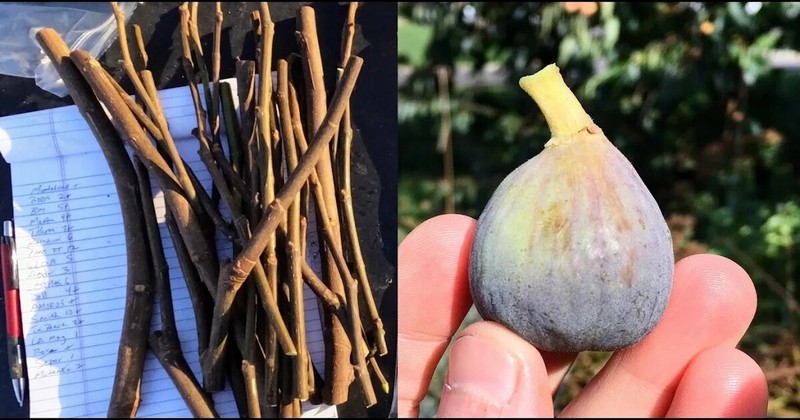
Image via fig boss passion for fig
You can also receive these benefits if you propagate a money tree, not only a fig tree. Therefore, let's try propagating an indoor plant now!
8 Things to Prepare Before Propagating Fig Tree
Below are 8 necessities you need to keep in mind before propagating fig tree:
- Timing. The best time to propagate fig trees from cuttings is in late winter or early spring, right before the new growth begins. Avoid propagating during the hottest or coldest months of the year.
- Temperature. The ideal temperature for rooting fig tree cuttings is 65 and 75 degrees Fahrenheit (18 and 24 degrees Celsius). If you propagate indoors, you may need a heat mat to maintain the correct temperature.
- Take healthy cuttings. Choose healthily, 1-2-year-old pencil-thick stems at least 6-8 inches long. Make sure the cuttings are free of any pests or diseases.
- Sterilise your tools. Before taking cuttings, sterilise your pruning shears with rubbing alcohol to avoid spreading the disease.
- Prepare your potting mix. A well-draining mix is essential for successful propagation. You can use a commercial potting mix or combine parts like soil, perlite, and sand.
- Light. A bright window is fine. However, you should use a hydroponic grow light on a rainy day instead. Many hydroponic lights are available on the market. If you want to find a high-quality one, check out Benchmark Hydroponics.
- Rooting hormone (Optional). Using a rooting hormone can increase your chances of success, but it is not essential. If you use rooting hormone, follow the instructions on the package carefully.
- Pot and pot size. Choose a pot 6-8 inches in diameter with drainage holes.
- Provide humidity. Fig cuttings need high humidity to root successfully. You can increase humidity for your plant by putting the pot in a plastic bag or utilising a humidity dome.

See more: How To Propagate A Peach Tree: Basic Steps for Beginners
How To Propagate Fig Tree In 6 Steps
Now let's walk through 6 steps on how to propagate fig tree. You can root the cuttings in either water or a well-draining potting mix:
Rooting In Water
- Select the best-looking and healthiest fig tree branches and use clean pruning shear to cut them off.
- Cut the branch into 2-3 pieces, each consisting of at least four buds.
- Eliminate about 2 cm of skin (bark) from the bottom of the cutting.
- Put the cuttings in a mason jar that is 3/4 filled with clean water (rainwater is ideal).
- Put jars indoors, near the window, out of direct sunlight.
- Change the water twice a week to provide enough oxygen for the cuttings to develop roots and leaves. In a few weeks, the tiny roots will develop.

See more: How To Propagate Pine Trees: Step-By-Step Guide for Starters
Rooting In Potting Mix
- Find a pot with drainage holes.
- Use a well-draining potting mix designed for cacti and succulents, or create your own mix with perlite and vermiculite. Put the cut end of the stem in rooting hormone powder (optional).
- Make a hole in the potting mix slightly more profound than the length of the cutting.
- Insert the cutting into the hole, ensuring only one node is above the soil surface.
- Gently harden the potting mix around the base of the cutting.
- Water the potting mix thoroughly, but avoid creating a saturated environment.
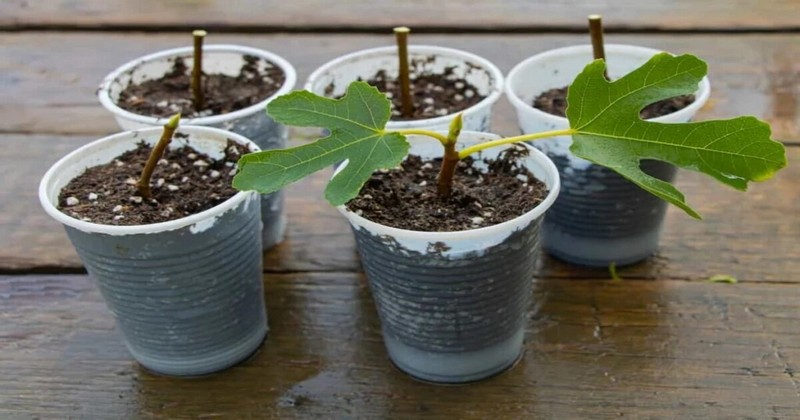
Care For The Cuttings
Cloning plants or propagation, both require careful treatment after cuttings. Let's see 3 guides below:
- Regardless of the rooting method, place the pot or jar in a warm location with indirect sunlight.
- Keep the temperature stable between 65-75°F (18-24°C) for optimal root development.
- Keep the rooting medium consistently moist but not soggy. Water again when the top inch of the potting mix is dry, if it is soil, or change the water every few days for water propagation.
What Is The Best Time For Propagating Fig Tree?
To successfully propagate trees through cuttings, it's best to take them in the winter, either before or after the risk of frost. The ideal time is in late fall, after the leaves have fallen and the trees have gone into dormancy.
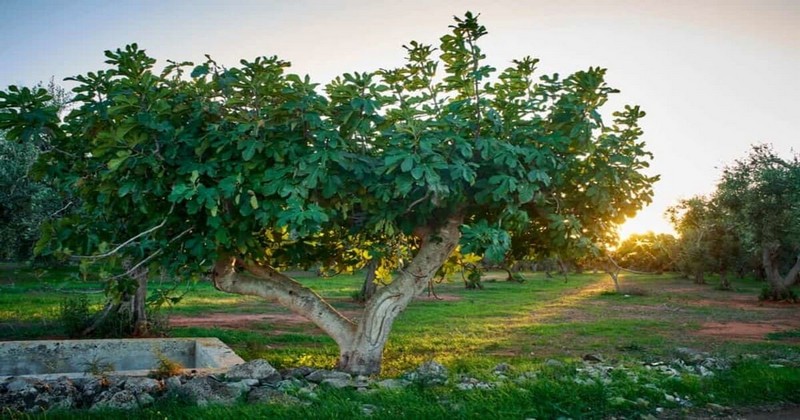
Once the cuttings are taken, they should be wrapped in slightly damp newspaper and stored in a plastic bag inside the fridge to keep them moist. It is important to note that cuttings taken from unprotected branch tips after a harsh winter may not survive.
Hence, it's best to take them from trees well protected from the cold or at the end of a mild winter.
Where To Root Fig Cuttings?
Once you know how to propagate a fig tree, you can choose to root fig cuttings indoor or outdoor:
Rooting Fig Outdoor
- Cut small branches 2-3 years old, 1/2 to 3/4 inches thick, and 8-12 inches long.
- Treat the slanted end with sealant and the flat end with rooting hormone.
- Use 6-8 shoots to allow room for failures.
- Plant flat end 6 inches deep in hole 6 inches wide and a foot apart
- Water well, but don't overwater
- Fig cuttings can grow 36-48 inches in one year. You can transplant a new tree in the following dormant season.

Rooting Fig Indoor
Starting a fig tree indoors is good for early growth in unsettled weather. You can follow the following steps:
- Take fig cuttings using the same method, then put them in a 6-inch pot with sand or potting soil.
- Cover the pot thoroughly with a 2-litre bottle with the bottom cut off.
- Keep the fig cuttings in a bright window in a warm condition, without direct sunlight.
- Wait a week to remove the makeshift greenhouse after you see new growth.
- Once you see vigorous growth, plant the rooted fig cuttings in bigger pots or outdoors when the weather is suitable.
- Keep the transplants moist for the whole summer and follow their growth.

As you can see, propagating fig trees is a simple, inexpensive process. It does not require the use of root hormones or fertilisers. To continue increasing your tree production, you can use the cheapest compost available and plastic pots.
Hopefully, how to propagate fig trees is no longer a big problem for many growers. For information about propagation, you can visit Benchmark Hydroponics!
Frequently Asked Questions
Can I Grow A Fig Tree From A Cutting?
Of course. Cuttings commonly propagate fig plants. As the University of California Agriculture and Natural Resources states, dormant cuttings of 2—or 3-year-old wood or basal parts of vigorous first-year shoots with a heel of 2-year branch at the base should be used for propagation. Cuttings should be ½ to ¾ in diameter and eight to twelve inches long.
Do Fig Cuttings Need Sun?
Yes. Light exposure aids in root development, but direct sunlight is a no-no. It's like a vampire's reaction to daylight but less dramatic. Keep temperatures warm, not hot, to encourage growth without cooking your plant.
How Do You Propagate A Fig Tree By Layering?
Firstly, you need to find a healthy branch on your fig tree. Then, shallow cuts were made, creating a 1-inch girdle to eliminate the bark and cambium and expose the white hardwood.
- Apply rooting hormone to the girdle.
- Wrap the branch with a container or plastic bag filled with moist peat moss or coco coir.
- Cover the air layer with tin foil to prevent it from drying in the sun.
- Wait for 1-3 months for the air layer to grow roots.
- Cut off the air layer from the parent tree and grow it in a pot or on the ground.
How Long Do Fig Cuttings Take To Root?
Typically, it takes around two weeks for the rooting process to start and for the leaves to emerge. Growing a sufficient mass of roots will take a couple of months. You can place multiple cuttings into a single-gallon pot and separate them later.
